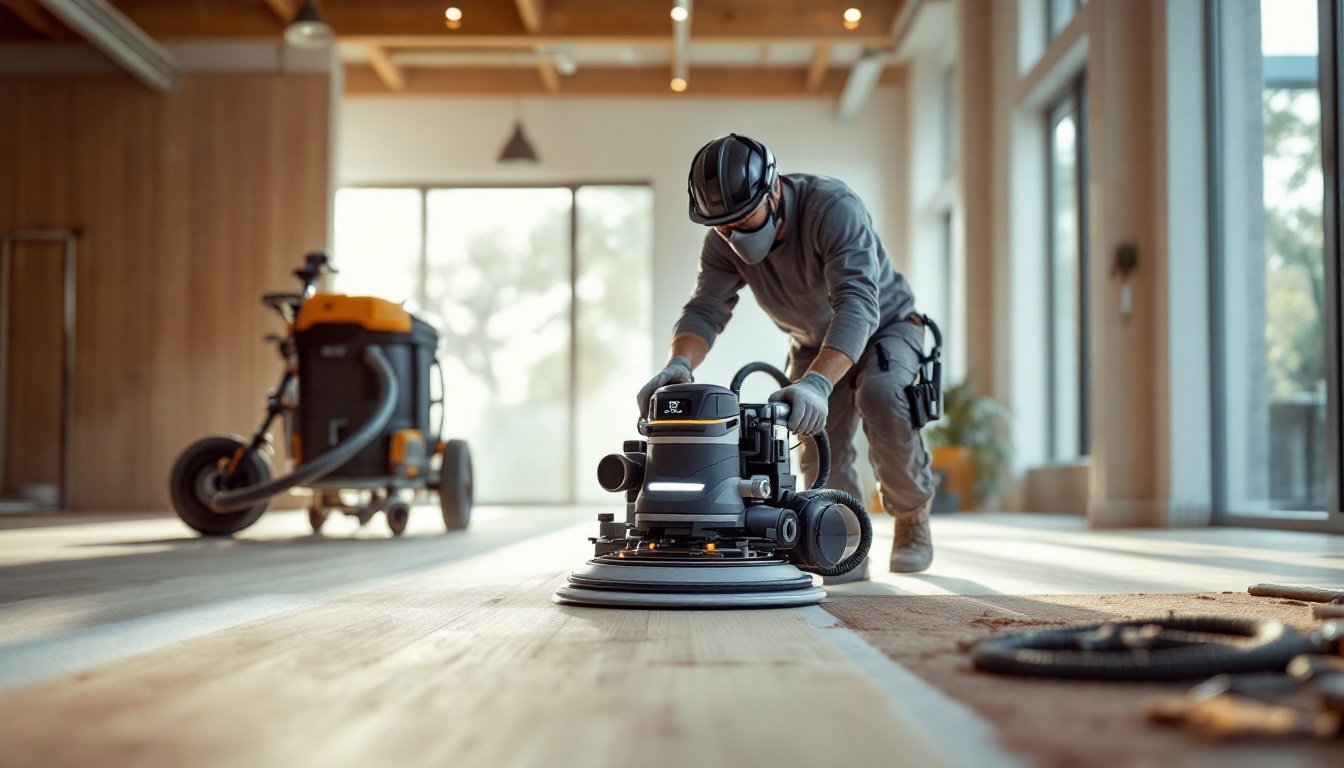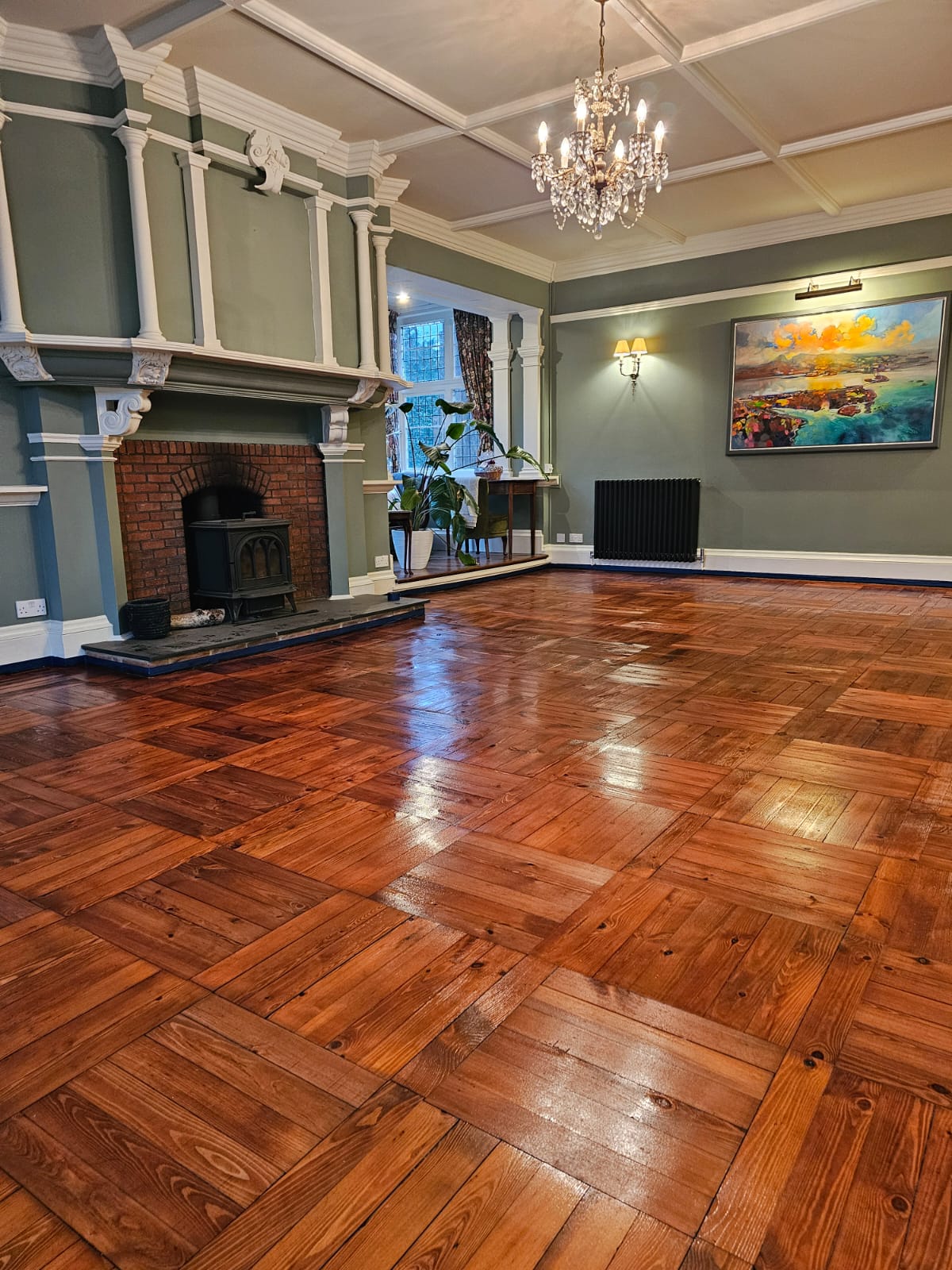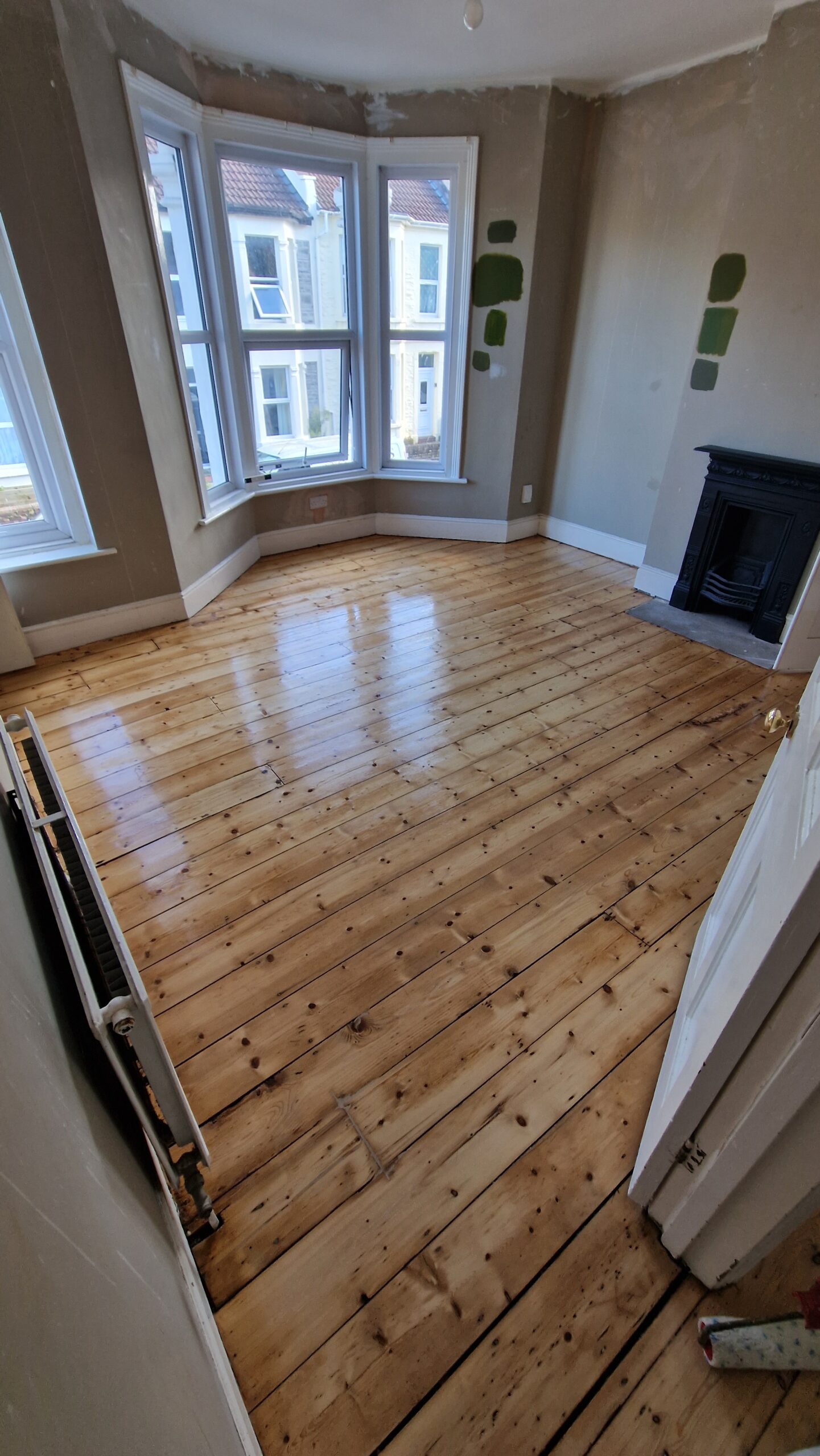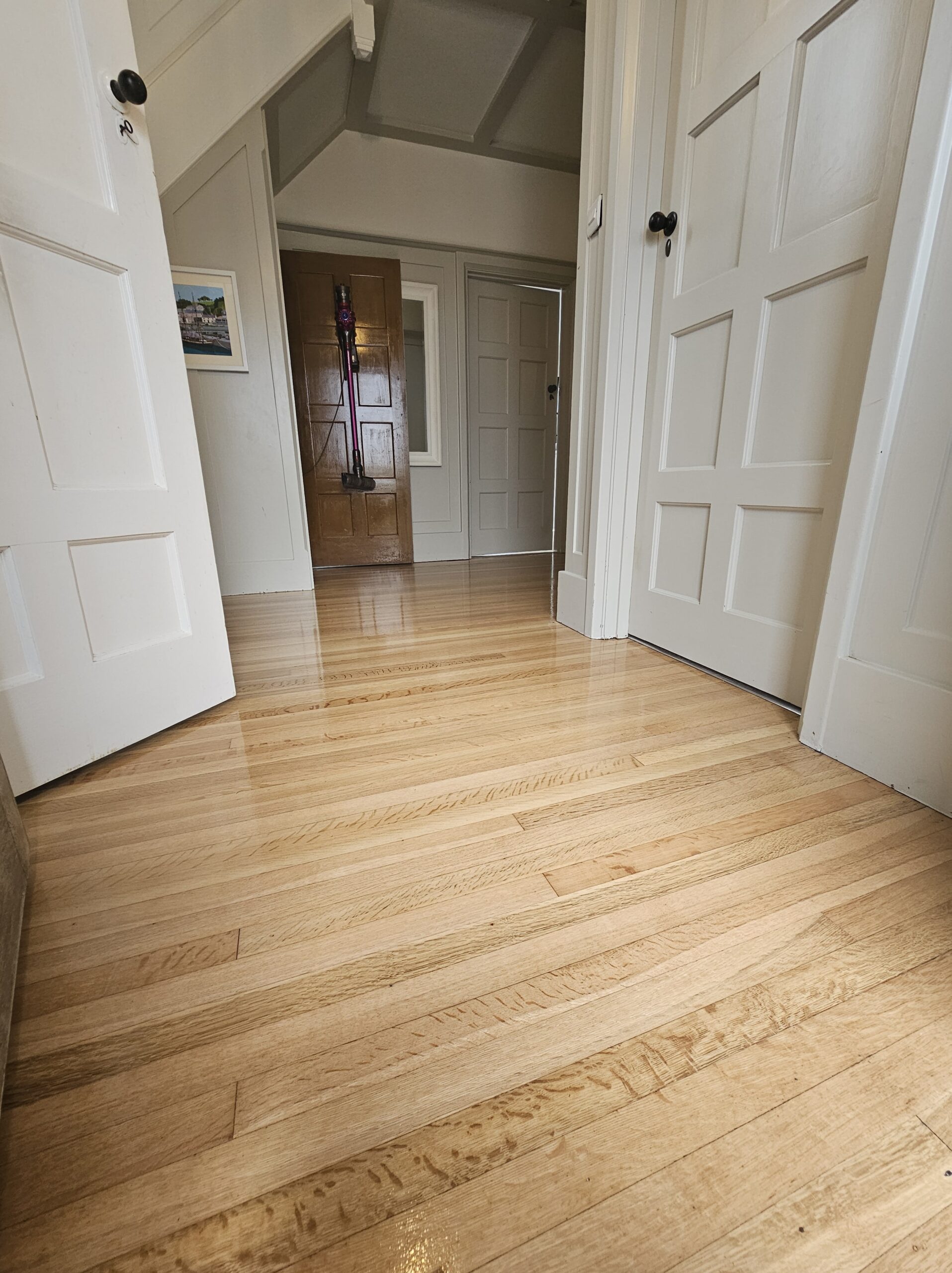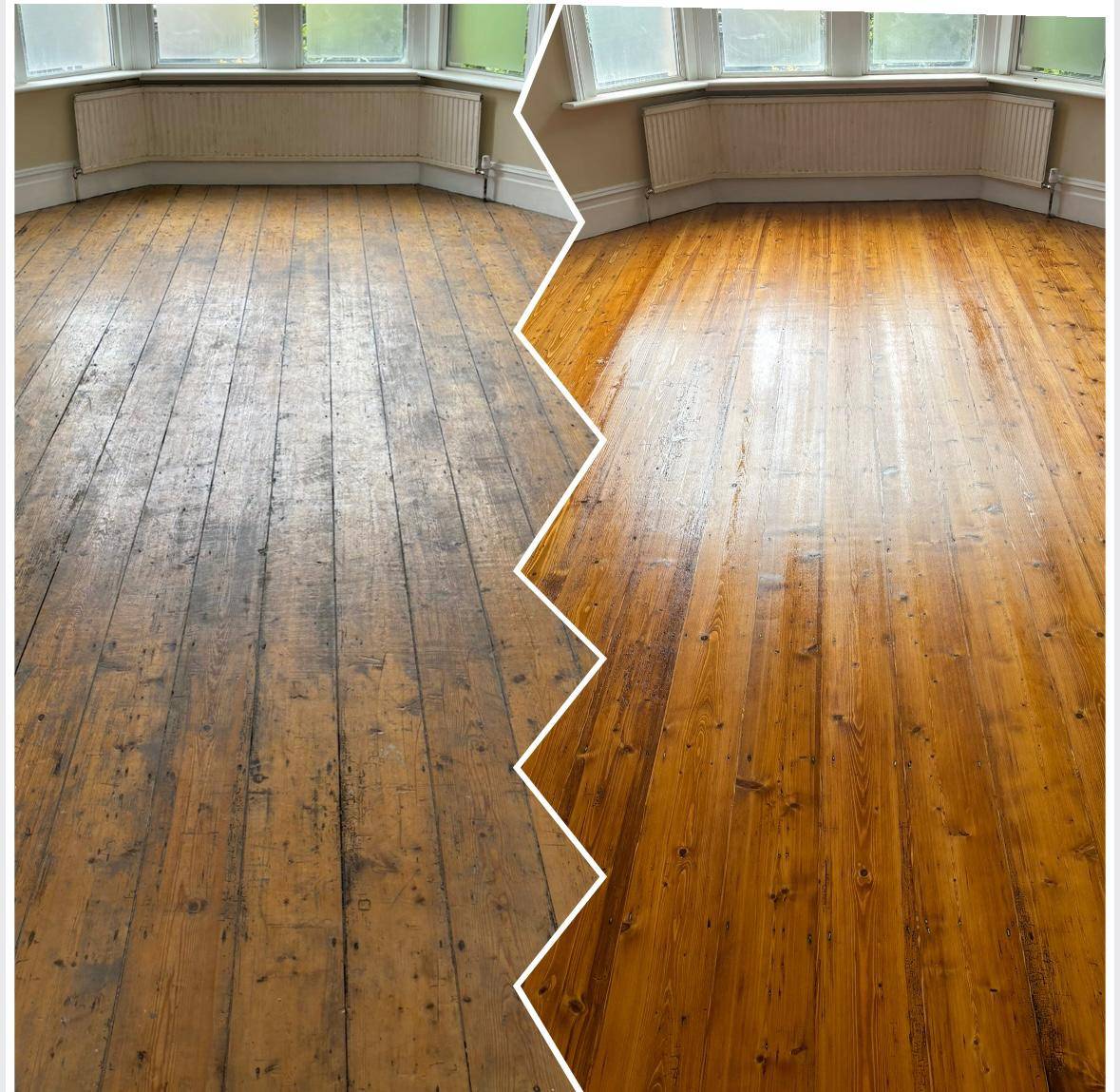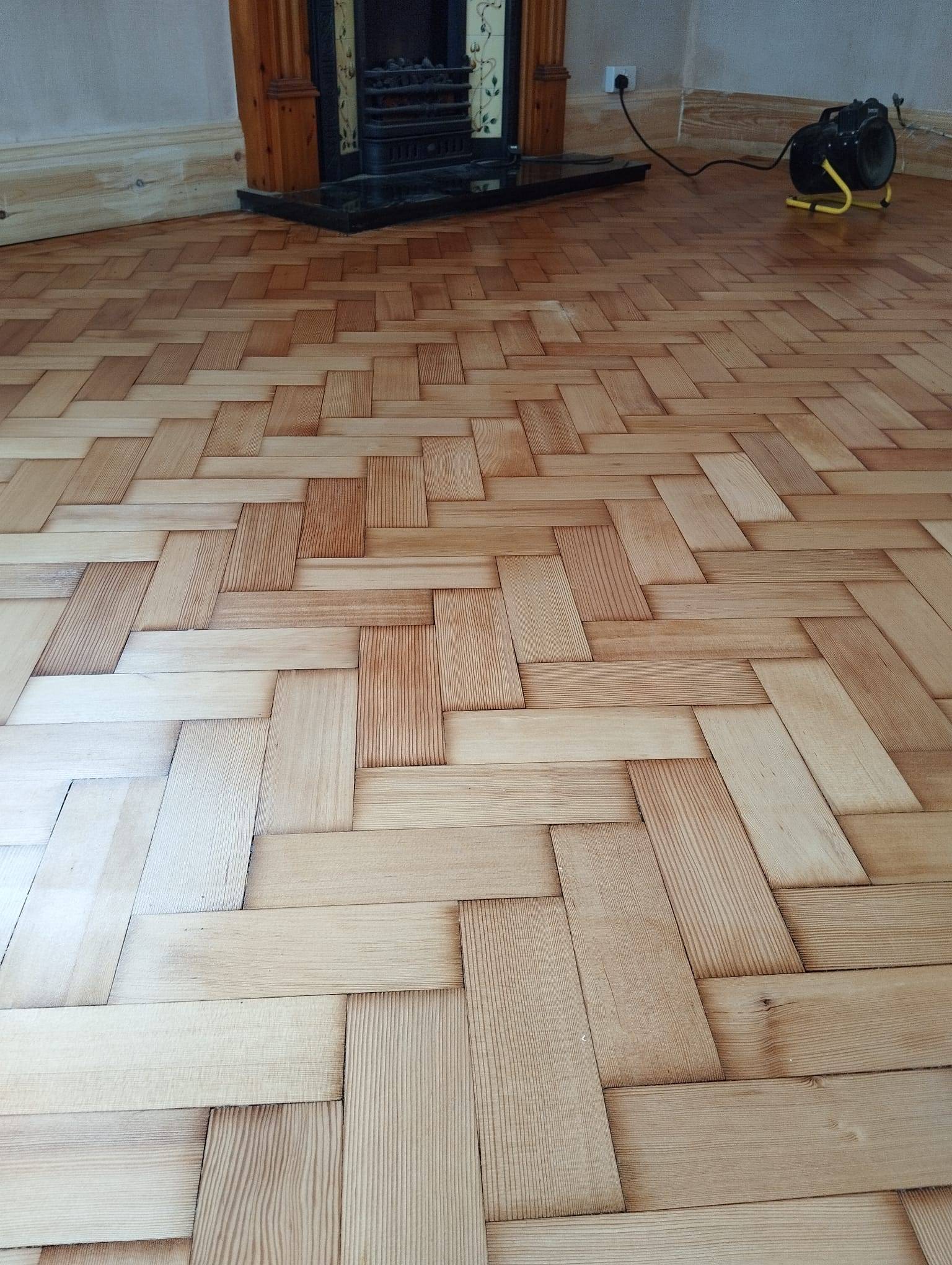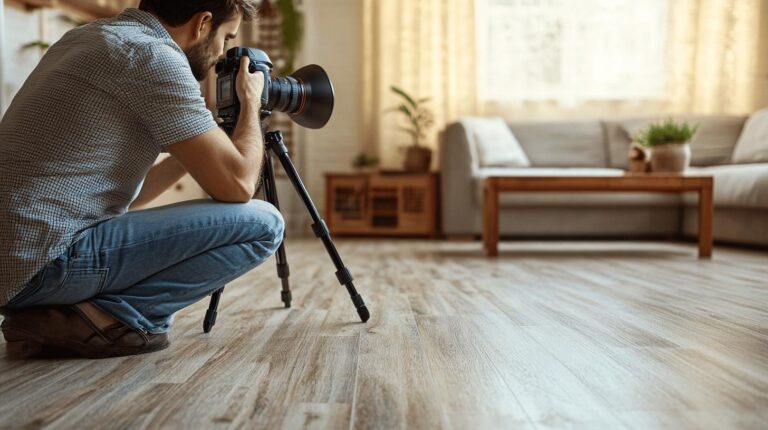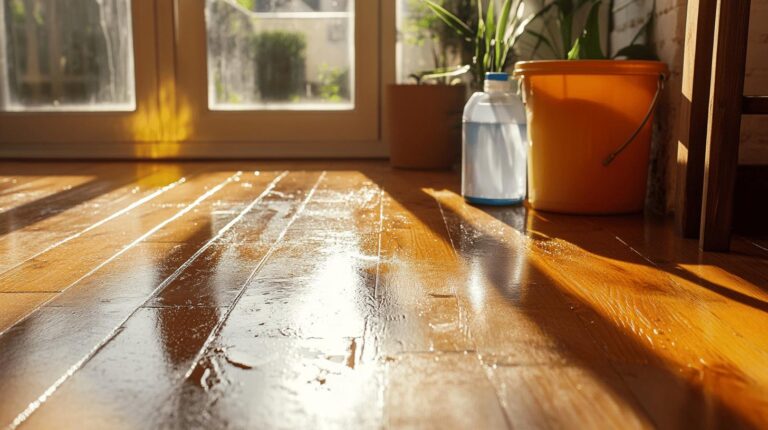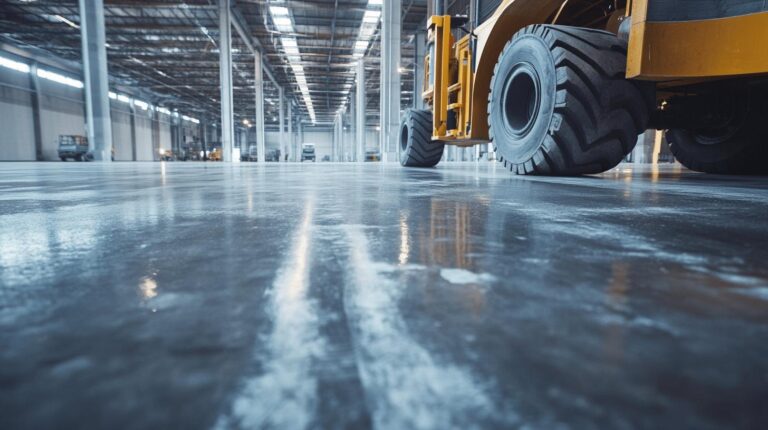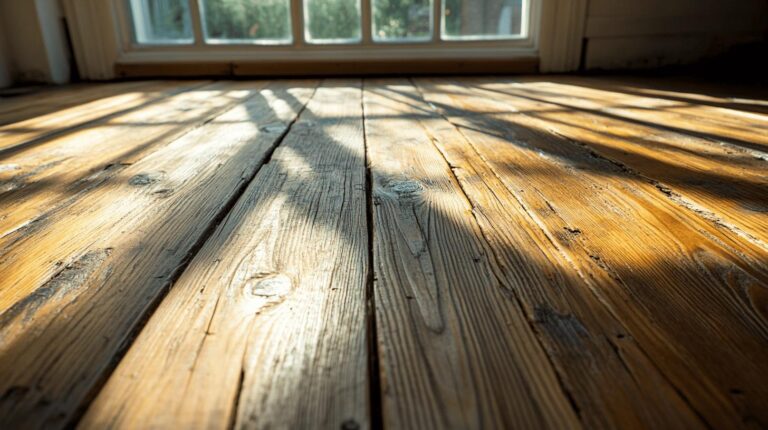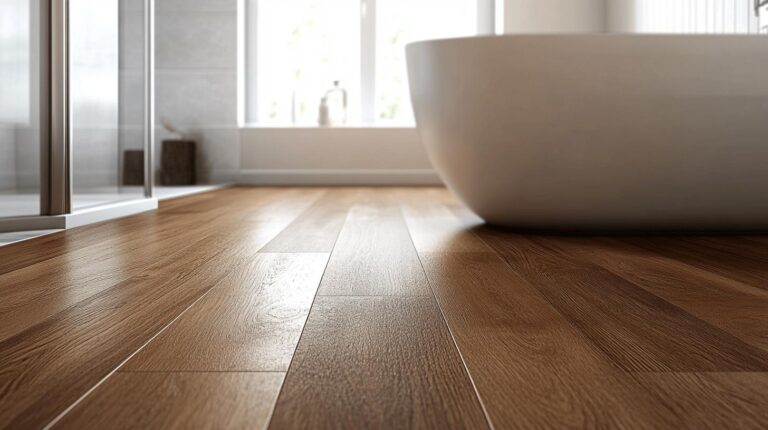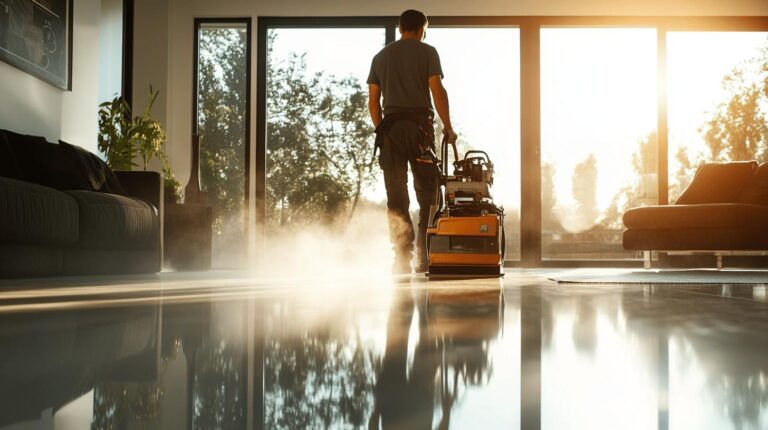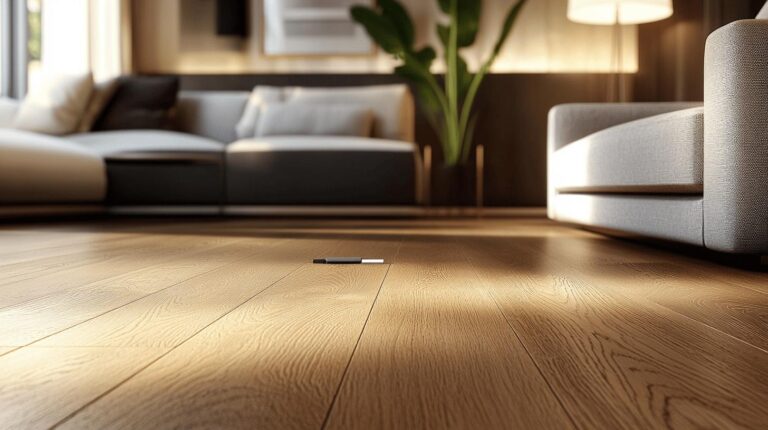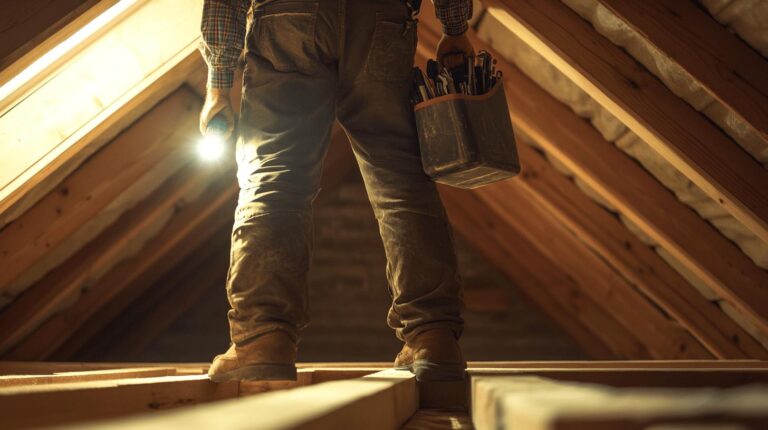Is floor sanding stuck in a time warp, or are we on the brink of a revolution? In 2024, the floor sanding industry is leaping into the future with innovative technologies that promise to transform the way floors are maintained. These cutting-edge advancements are not only boosting efficiency but also placing a stronger emphasis on environmental sustainability. There’s a symphony of high-tech machinery and refined techniques that are set to redefine floor restoration. Discover how these innovations are elevating home aesthetics and value, offering improved outcomes whether for fitting new floorboards or restoring the charm of the old.
Cutting-Edge Sanding Methods in 2024
The floor sanding industry is witnessing transformative technological advancements in 2024, significantly impacting efficiency and sustainability. New methods in sanding not only enhance the speed of operations but also improve the quality of the finished product. These advancements are particularly crucial in reducing the environmental footprint of sanding, aligning with the growing demand for sustainable practices. By integrating state-of-the-art machinery and techniques, professionals can achieve superior finishes with less waste and energy consumption, setting new standards for the industry.
- Dustless sanding systems
- Automation in sanding machines
- Smart technology integration
- Modern abrasive materials
- Eco-friendly sanding solutions
These cutting-edge methods are revolutionising floorboard fitting and restoration processes. Dustless systems, for instance, minimise debris, ensuring a cleaner installation environment. Automation and smart technology allow precise control over sanding parameters, resulting in consistent and high-quality finishes. Modern abrasives are tailored to suit various wood types, enhancing the longevity and appearance of floorboards. Eco-friendly solutions, such as non-toxic finishes, contribute to healthier indoor air quality, making them attractive for both residential and commercial projects. Collectively, these innovations are shaping a more efficient and effective future for floor sanding.
Dust-Free Sanding Equipment and Its Benefits
Dust-free sanding equipment represents a significant leap forward in the floor sanding industry, primarily through the integration of advanced vacuum systems. These systems effectively capture dust directly at the source during the sanding process. By containing dust particles before they become airborne, these systems substantially reduce the amount of dust that would otherwise disperse throughout the environment. This not only minimises cleanup time but also enhances the overall quality of the workspace. Furthermore, the reduction in airborne dust translates to a more efficient sanding process, as it prevents dust from settling back onto the sanded surface, ensuring a smoother finish. The implementation of dust-free technology is particularly advantageous in residential and commercial settings where maintaining pristine air quality is paramount.
The impact of dust-free sanding equipment on health and safety standards cannot be overstated. By significantly lowering the presence of dust in the air, these systems contribute to a healthier working environment, safeguarding professionals from respiratory issues often associated with prolonged dust exposure. The cleaner workspaces also align with eco-practices by reducing the need for chemical cleaning agents, further supporting sustainable practices. As a result, businesses adopting dust-free equipment can achieve compliance with stringent health and safety regulations while promoting a safer and more eco-friendly operation.
Automation and AI in Floor Sanding
Automation and AI are revolutionising the floor sanding industry by significantly enhancing efficiency and precision. Automated sanding systems reduce manual labour, allowing for more consistent results and faster project completion. By automating repetitive tasks, these systems minimise human error, ensuring a smoother and more uniform finish. As a result, businesses can complete more projects in less time, leading to increased profitability and customer satisfaction. Additionally, automated systems can operate continuously, maximising productivity and reducing downtime.
Smart Technology Features
Smart technology integration in sanding equipment offers capabilities such as sensors and adaptive algorithms. Sensors detect the type of wood being sanded and adjust the sanding methods and pressure accordingly. This optimisation ensures that each floor receives the ideal treatment, preserving the material’s integrity and extending its lifespan. Advanced AI mechanisms further refine operations by learning from previous sanding sessions, continuously improving the process. This intelligent approach not only prevents potential damage to the flooring but also reduces material waste, supporting sustainable practices.
The future potential of AI in floor sanding is vast, with ongoing advancements expected to fine-tune the sanding process further. AI could facilitate predictive maintenance, reducing equipment downtime by anticipating failures before they occur. Moreover, the integration of machine learning could enable sanding systems to adapt to new materials and techniques autonomously, keeping pace with evolving industry trends. As these technologies develop, they promise to make floor sanding more efficient, precise, and adaptable, setting new benchmarks for quality and innovation in the industry.
Eco-Friendly Solutions and Sustainability in Sanding
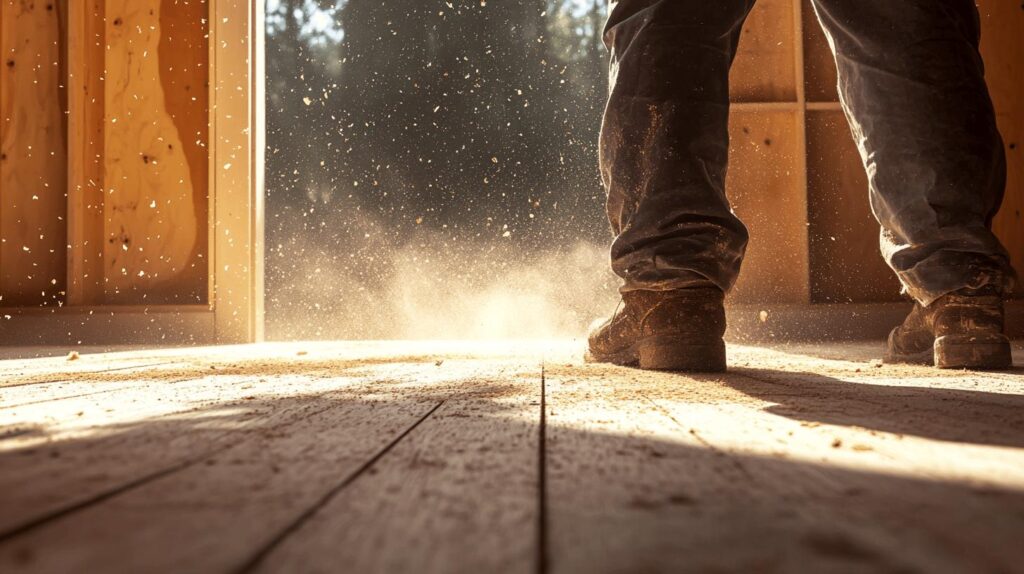
The floor sanding industry is increasingly embracing eco-friendly solutions to meet the growing demand for sustainable practices. One of the most significant shifts is towards non-toxic finishes and sealants that are free from volatile organic compounds (VOCs). These products not only protect indoor air quality but also ensure a safer environment for both workers and inhabitants. Additionally, advancements in energy-efficient equipment are helping reduce the environmental impact of sanding operations. By utilising machinery that consumes less energy, the industry can significantly decrease its carbon footprint, aligning with global sustainability goals.
- Use of water-based products
- Recycling wood dust
- Energy-efficient machinery
- Reduced VOC emissions
Adopting eco-friendly solutions provides long-term benefits that extend beyond immediate environmental impacts. The use of water-based products, for example, minimises toxic fume emissions and reduces flammability risks, making them safer for both users and the environment. Recycling wood dust into composite materials or soil amendments contributes to a circular economy by repurposing waste. Furthermore, energy-efficient machinery not only lowers operational costs but also supports sustainable resource management. By reducing VOC emissions, the industry can maintain higher air quality standards, crucial for both residential and commercial settings.
Incorporating sustainable practices in floor sanding not only benefits the environment but also enhances the industry’s reputation and marketability. As consumers increasingly prioritise sustainability, companies that invest in eco-friendly technologies are likely to gain a competitive edge. This focus on sustainability helps extend the life of flooring by employing methods and materials that are both durable and environmentally conscious. Ultimately, these practices lead to healthier living spaces and contribute to a more sustainable future for the floor sanding industry.
Trends and Innovations in Floor Finishing
In 2024, the floor finishing industry is experiencing a wave of innovative trends redefining aesthetics and functionality. New floor finishes introduced to the market are designed to enhance not only the appearance but also the longevity of various flooring types. These finishes come in a range of styles, catering to diverse preferences from sleek modern looks to more rustic, traditional aesthetics. The focus is on creating resilient finishes against wear and tear, offering homeowners and businesses long-lasting results without compromising style. This shift towards more durable and versatile finishes reflects an increasing demand for products that combine beauty with practicality.
- Advanced gap-filling techniques
- Durable finishing materials
- Customisable finish options
- Innovative application methods
The impact of these innovations on floor durability and aesthetics is significant. Advanced gap-filling techniques ensure a seamless surface, enhancing both the visual appeal and structural integrity of the flooring. Durable materials are being engineered to withstand heavy foot traffic, reducing the need for frequent refinishing and thus extending the life of the floor. Customisable finish options allow for a tailored approach to floor design, enabling individuals to achieve a unique look that aligns with their personal or brand identity. Additionally, innovative application methods streamline the finishing process, improving efficiency and reducing downtime. Collectively, these advancements are not only elevating the standard of floor finishes but also providing more sustainable and cost-effective solutions for maintaining beautiful and functional flooring.
Case Studies: Successful Implementation of New Sanding Technologies
Case studies play a pivotal role in showcasing the tangible impacts of innovative sanding technologies. By examining real-world applications, stakeholders can better understand the effectiveness and practicality of these advancements. Recent developments in sanding technology have significantly enhanced efficiency and sustainability, particularly in urban settings like London. These innovations not only streamline the sanding process but also reduce its environmental footprint, making them highly desirable for both residential and commercial projects. As such, case studies provide valuable insights into how these technologies can be leveraged to achieve optimal results with minimal disruption.
London Business Case Study
A notable example of successful implementation is a London-based flooring company that adopted dustless sanding systems and AI-driven sanding machines. The integration of dustless technology dramatically decreased airborne dust particles, improving air quality and ensuring a cleaner workspace. This not only enhanced worker safety but also reduced post-project cleanup time. Meanwhile, the use of AI-driven machines allowed the company to tailor sanding processes to specific wood types, optimising the finish quality and reducing material waste. As a result, the business reported a 30% increase in operational efficiency and a marked reduction in environmental impact, setting a new standard for eco-friendly practices in the industry.
The key learnings from these case studies highlight the transformative potential of new sanding technologies. Innovations such as dustless systems and AI integration improve operational efficiency while supporting sustainable practices. These advancements not only benefit the environment but also enhance the quality of the finished product, providing a competitive edge in the market. By embracing these technologies, businesses can cost-effectively achieve superior results, reinforcing the value of investing in cutting-edge solutions.
Final Words
Innovative technologies in floor sanding have revolutionised the industry in 2024, offering enhanced efficiency, effectiveness, and sustainability. Cutting-edge methods such as dustless sanding and automation have significantly improved outcomes in floor refinishing and restoration. These advancements not only reduce environmental impact but also create healthier work environments. Eco-friendly solutions and novel finishing techniques further extend the lifecycle and aesthetic appeal of wooden floors. With continuous progress, Innovative Technologies in Floor Sanding: What’s New in 2024 offers promising potential for homeowners and businesses to achieve superior, sustainable results.
FAQ
Q: What are the latest innovations in floor sanding methods in 2024?
A: Innovations in 2024 include dustless sanding systems, automation in sanding machines, smart technology integration, modern abrasive materials, and eco-friendly sanding solutions, enhancing efficiency, effectiveness, and sustainability in the floor sanding industry.
Q: How do dust-free sanding systems work, and what are their benefits?
A: Dust-free sanding systems utilise vacuum technology to capture dust at its source, improving air quality, reducing health risks, enhancing safety, and maintaining a cleaner workspace during the sanding process.
Q: What role do automation and AI play in floor sanding?
A: Automation and AI enhance floor sanding by improving efficiency and precision. Smart technology features, such as sensors, optimise processes by adjusting methods and pressure according to the wood type, ensuring optimal outcomes.
Q: What eco-friendly solutions are available for floor sanding?
A: Eco-friendly solutions include non-toxic, VOC-free finishes, energy-efficient equipment, water-based products, recycling wood dust, and reduced VOC emissions, all aimed at enhancing sustainability and extending flooring life.
Q: What are the latest trends and innovations in floor finishing?
A: New finishes and materials offer advanced gap filling techniques, durable and customisable options, and innovative application methods, improving both the durability and aesthetics of floors.
Q: Can you provide an example of the successful implementation of new sanding technologies?
A: A London business successfully utilised innovative sanding technologies, resulting in improved efficiency and reduced environmental impact. These case studies highlight the benefit of minimal inconvenience and enhanced results.
